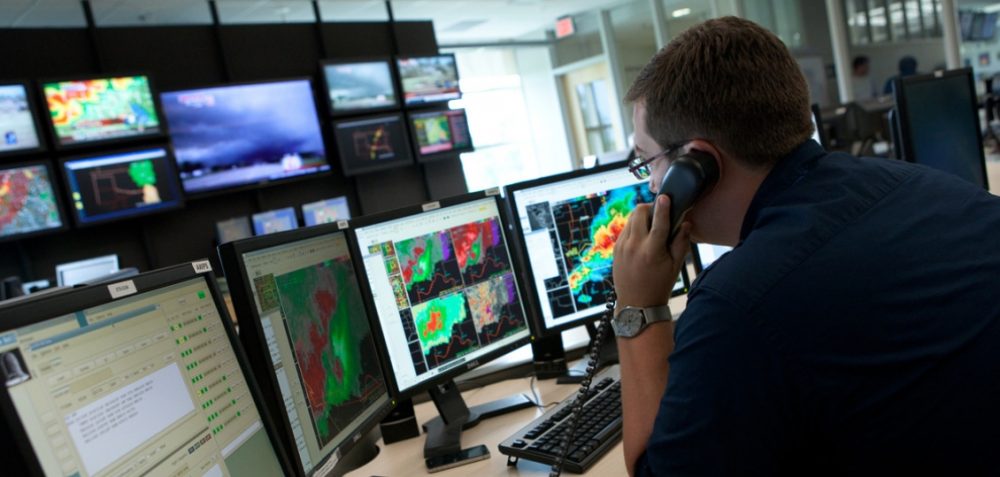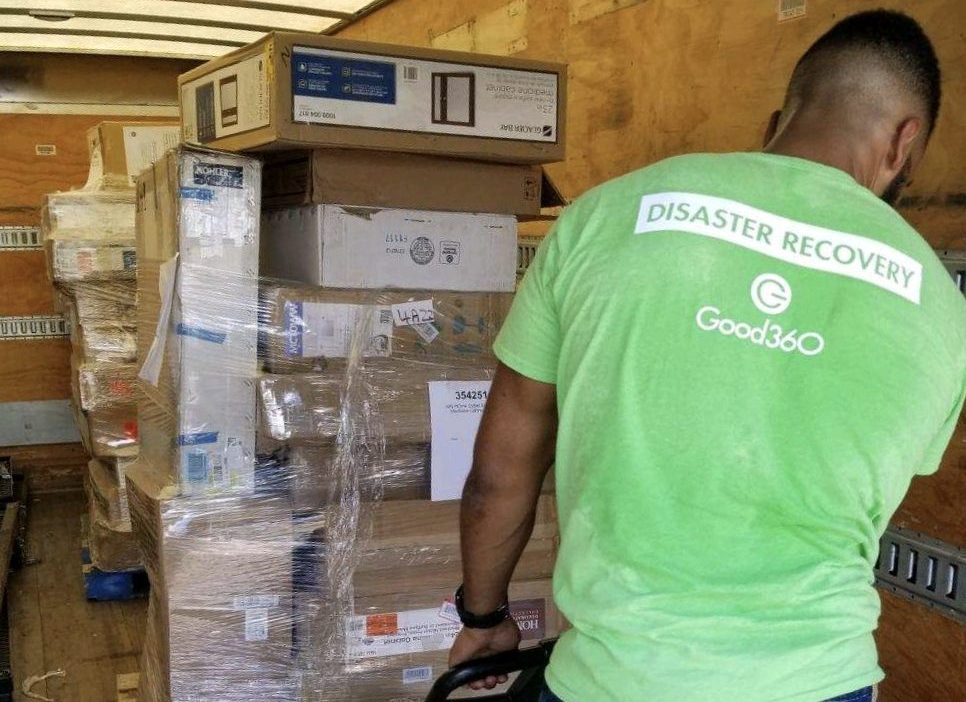When FEMA Funding Just Isn’t Enough: How Philanthropy Can Step Up
After a disaster – and sometimes even while a hurricane or other event is still looming but not yet occurred – a common refrain is “Where is FEMA?” There is often, it seems, a belief that the Federal Emergency Management Agency – known as FEMA – is the primary funding mechanism to support an individual […]

After a disaster – and sometimes even while a hurricane or other event is still looming but not yet occurred – a common refrain is “Where is FEMA?”
There is often, it seems, a belief that the Federal Emergency Management Agency – known as FEMA – is the primary funding mechanism to support an individual or community after a disaster, but in reality, FEMA’s role is merely supplemental.
So, what does that mean for foundations and donors who want to help communities affected by disasters?
FEMA’s Role in Disaster Response and Recovery
At best, FEMA’s goal is to return a home/community to its pre-disaster starting point, which is an insufficient goal that hinders a full community recovery. A more useful goal would be to “build back better,” allowing homes to be upgraded to code or prevent destruction by future disasters. FEMA’s own National Advisory Council has issued a report that rebukes the organization for its failure to address systemic racial discrimination that has resulted in BIPOC communities losing wealth after a disaster; in contrast, white communities typically gain wealth. FEMA’s pre-disaster starting point goal is a significant component of this widening gap.
FEMA provides various kinds of assistance to governments, community organizations and individuals. Most people think of the Individual and Households Program (IHP) – a component of the Individual Assistance (IA) program – when they think of FEMA funding. IA also includes legal services, crisis counseling, mass care and emergency assistance, disaster unemployment, and disaster case management.
But IA does not cover all costs that an individual household may face. When reviewing its policies on disaster assistance, FEMA said, “FEMA recognizes that because of the statutory cap on the maximum IA assistance, in many situations FEMA assistance will not bring the survivor back to their pre-disaster position” (emphasis added).
Every year, FEMA has to publish its maximum grant allocation information (often just called “max grant.”) For 2020-2021, it says, “FEMA gives notice that the maximum amount of IHP financial assistance provided to an individual or household under section 408 of the Stafford Act with respect to any single emergency or major disaster is $36,000 for housing assistance and $36,000 for other needs assistance.”
Yet, very rarely does FEMA grant the maximum allocation. Instead, various regulations, often complicated by private insurance practices, result in people getting much less.
A 2016 analysis of a dozen high-profile disasters saw average payouts of $8,000 or less. The Advocate reported, “Superstorm Sandy, Hurricane Katrina and the San Diego wildfires all saw average payouts of between $7,000 and $8,000, while grants after the March floods in Louisiana and Texas averaged in the $5,000 range. The average payout for those affected by Hurricanes Rita, Isaac and Gustav was about $3,000, according to data provided by the Federal Emergency Management Agency.”
FEMA’s own training program on the National Flood Insurance Program says, “In 2017 the average flood insurance claim was more than $90,000, while the average payout from government-provided disaster assistance was only around $5,000.”
Those with fewer resources need more funding to recover, but since funding is based on the pre-disaster property value, the program benefits those who own well-maintained, privately insured homes in a wealthier neighborhood.
According to the Advisory Council’s report, FEMA’s Recovery Programs “provide an additional boost to wealthy homeowners and others with less need, while lower-income individuals and others sink further into poverty after disasters.” The report, which provides recommendations to create an improved FEMA by 2045, makes equity its “lynchpin.” The report reads:
“Research already proves that disasters disproportionately affect those who are already socio-economically marginalized in a community, subjecting them to even greater depths of poverty. Current experience with the COVID-19 pandemic has revealed that these same marginalized communities also suffer disproportionately higher morbidity and mortality rates as well. Events in 2020, including the nationwide protests and unrest, also made it clear that this inequity will eventually lead to social disruption.”
What This Means for Philanthropy
Philanthropy has a vital role to play. Here are just a few ways that donors can help address the gaps in FEMA’s disaster response and recovery:
- Educate and support tenants and low-income homeowners to purchase insurance – including flood insurance in high-risk areas. This is one of the most important ways to preserve housing and wealth after a disaster.
- Advocate for needs-based assessments based on the cost of rebuilding versus the value of the home prior to the disaster.
- Provide capital grants or loan programs to help cover the upfront costs. FEMA often requires communities to shoulder 25% of the costs, and the program is reimbursement-based. Smaller, rural or tribal communities may not have these funds available and therefore delay repairs, which further harms their community’s recovery.
- Adopt a broader poverty-reduction strategy as part of a disaster recovery program. As the COVID-19 pandemic has shown us, basic survival is unachievable by many without philanthropic, community or government supports. By supporting health care, education, housing, employment programs etc., funders can help stabilize low-income and racialized communities.
Explore the impact of disasters on housing and FEMA’s role in recovery and response, what funders are doing, and additional resources in CDP’s Disaster Philanthropy Playbook.
More like this

What the Government Shutdown Really Means to Disasters

